Mortgages in Australia - Remaining a hot topic as rate rises pressure savings buffers.
Sydney FRIDAY 14 April 2023 – Embargoed until 00:01 AM AEST on 14 April 2023
RFI Global, with its recently acquired DBM Atlas product, has created Australia’s most comprehensive financial services customer data set, encompassing customer behaviour and attitudes in the Australian market.
DBM interviews 80,000 consumers and businesses in Australia annually
RFI interviews over 100,000 consumers and businesses in Australia annually
This new, enlarged dataset – the most comprehensive of its kind, nationwide – provides fascinating insights on Australian consumers, not least on the topic of mortgages.
Prior to its April 2023 meeting, month-on-month the RBA has increased the Australian cash rate a record of 10 consecutive times in an attempt to curb rising inflation. It has been on the front page of every paper, and the conversation of every playground, barbeque and lunchroom since.
From a record low of 0.1% in April 2022, the Australian cash rate now sits at 3.6%, the rapid rise drawing vocal concern in the media about the potential hardship faced by mortgage customers, particularly those rolling off low fixed rate mortgages.
Total household mortgages outstanding are now at a record high of almost $2.1t, up 18% in just the past 3 years. Two-thirds of this debt is for the purchase of owner occupier housing, with refinancing also at a record high. The ABS reported that Australians refinanced a record $19.3b in November 2022, with $19.0b and $18.6b being refinanced in December 2022 and January 2023 respectively.
Borrowers (and rightly so) are deeply concerned about the impact of rate rises on their ability to meet repayments.
According to RFI Global’s Australian Mortgage Council (a quarterly survey of 2,000 mortgage borrowers), anticipated mortgage stress is also at a record high. Almost 1 in 3 (31%) borrowers surveyed in March 2023 expect to struggle to meet their mortgage repayments over the next 12 months, up significantly from 22% in December 2022.
Anticipated mortgage stress has increased over the last 12 months in line with rising cost of living and rate rises. The significant increase in March appears to be driven by both variable rate customers feeling the impact of rate rises, as well as concern among borrowers nearing the end of their fixed rate terms; 43% of borrowers whose fixed term will end in the next 3 months are expecting to struggle to meet repayments, compared to 24% of borrowers with more than 12 months left on their term.

So, can Savings, save us...?
Combined RFI & Atlas data shows that savings buffers will provide a cushion for borrowers rolling off fixed rates. The data also shows that when it comes to savings buffers there is no significant difference between fixed rate and variable rate mortgage customers on two key measures:
- Total savings relative to household income. Borrowers on lower incomes have similar savings regardless of the type of interest rate on their loan, as do borrowers on higher incomes.
- Total savings to loan repayment. About 1 in 5 variable rate and about 1 in 5 fixed rate borrowers have less than 3 months’ worth of loan repayments in their savings. These customers will likely be vulnerable to consecutive rate rises, however those on fixed rate mortgages are no less prepared for rate rises than those on variable rates.

Mortgage borrowers on variable rates have already seen their borrowing costs increase in recent months. Fixed rate customers will see the same when their fixed rate terms come to an end. Higher borrowing costs combined with general cost of living increases, will erode savings buffers. The question for consumers is whether they can take steps to reduce their spending and stretch their buffer for longer than might otherwise be the case.
For the Banks to note - Interest rate changes have a significant impact on customer NPS.
Around 1 in 4 (23%) major bank MFI (Main Financial Institution) customers hold a mortgage with their MFI. How banks manage rate movements with their customers can have a significant impact on customer advocacy. Afterall, those customers talking about rates to their friends and family members are just as likely to talk about how good or bad the bank/ broker has been in guiding them through this challenging time.
In early 2022, the NPS of major bank MFI customers who held a mortgage with their MFI was 3.5 points higher than that of major bank MFI customers who did not hold a mortgage with their MFI. This gap remained stable until May 2022 (the first of the rate rises), but as early as June the NPS among mortgage customers fell, while that of non-mortgage customers remained stable. Mortgage customer NPS has been lower than non-mortgage customer NPS since June 2022, and currently sits 1.3 points below that of non-mortgage customers. This represents an almost 5-point turnaround in just over 12 months.

Pivotal to this decline is the perception of ‘competitive interest rates’. Mortgage customers’ rating of competitive interest rates has declined by 0.44 since May 2022. Other ratings related to pricing have also declined, with fair fees & charges, transparent fees & charges and ability to negotiate all falling by between 0.28 and 0.38. In contrast, the rating of competitive interest rates among non-mortgage customers improved, albeit not by as much as the decline among their mortgage holding counterparts.


Atlas data also reveals that those on variable rates currently rate their bank about 17 NPS points lower than those on fixed or part fixed/part variable rates. This suggests that in addition to the gradual decline in NPS observed over the last 12 months for mortgage customers as rates have risen, we are likely to see a significant and direct impact on NPS for fixed rate customers who experience the rate rises in one hit when their current term expires. To minimise the impact on NPS it will be critical for banks to carefully manage their customers who are coming off fixed rates over the remainder of 2023.
Fixed rate customers are actively considering their options.
In addition to impacts on NPS, lenders should be considering the retention risk posed by customers rolling off fixed rates over the second half of 2023. According to RFI’s Australian Mortgage Council survey, 1 in 3 borrowers on a fixed rate expiring in the next 12 months intend to refinance to another lender at the end of their current fixed rate term. Lenders should prepare to have conversations with fixed rate customers about the various options available to them when their term ends, as well as having this information available for customers to access online. Outside of ‘talking to my lender’ and ‘talking to my broker’ fixed rate customers are most likely to utilise comparison websites, lender websites and Google to seek information and review their options once their fixed rate expires.

Sources
The following references were used in preparing the above:
APRA Monthly authorised deposit-taking institution statistics, January 2023 (released 28 February 2023)
Lending Indicators, January 2023, ABS (released 3 March 2023)
Cash Rate Target, March 2023, RBA (released 7 March 2023) https://www.rba.gov.au/statistics/cash-rate/
RBA Bulletin March 2023, RBA (released 16th March 2023) https://www.rba.gov.au/publications/bulletin/
DBM Consumer Atlas
RFI Global Australian Mortgage Council
Ends.
Notes for Editors:
About RFI Global
RFI Global was founded in Sydney in 2006 to provide financial intelligence for the Australian financial services market. It is now the #1 data and insight partner for the world’s financial services community, serving 49 markets with a local presence in Sydney, Singapore, Dubai, London, Paris, Toronto, New York, and San Francisco. Since its inception, RFI has provided tailored subscription-based insight and data solutions for local, regional and global Financial Services players that enable them to make data-driven decisions confidently and quickly. In 2010 and 2011 RFI Global was recognised on the BRW Fast Starters List and featured on the BRW Fast 100 List (listing the fastest growing companies in Australia) in 2011, 2012, 2013, 2014 and 2015 – only the second company ever to reach this milestone of 5 consecutive years on the list. To learn more, please visit; www.rfi.global.
About DBM
Since 1992 DBM has provided market research and consulting services to some of Australia’s largest B2C and B2B brands. The DBM Atlas program is used by more than 50 financial services brands to track key customer metrics such as advocacy, sentiment, product holdings and market share. Over recent years DBM have formed data partnerships to provide marketing solutions such as media planning, digital audience activation and geo-demographic targeting. In April 2023 RFI Global acquired the DBM Atlas product, creating Australia’s most comprehensive financial services customer data set. To learn more, please visit https://www.dbmconsultants.com.au.
For more information or to speak with a Spokesperson, please contact:
Chloé James
Group Director of Media & Communications at RFI Global
Email: cjames@rfi.global
Phone: +61 0451 118 042






























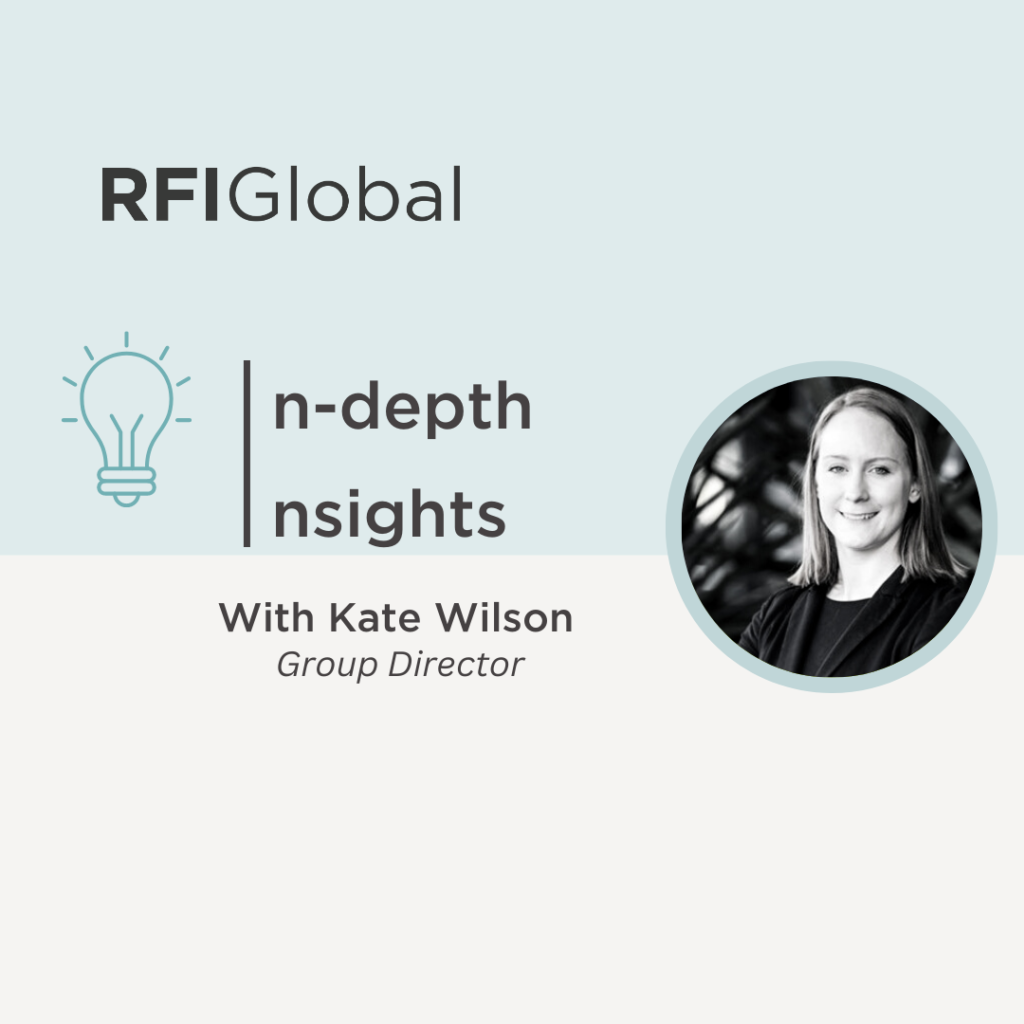




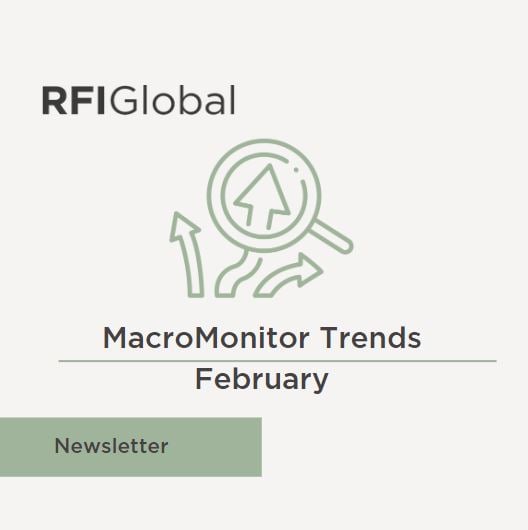



















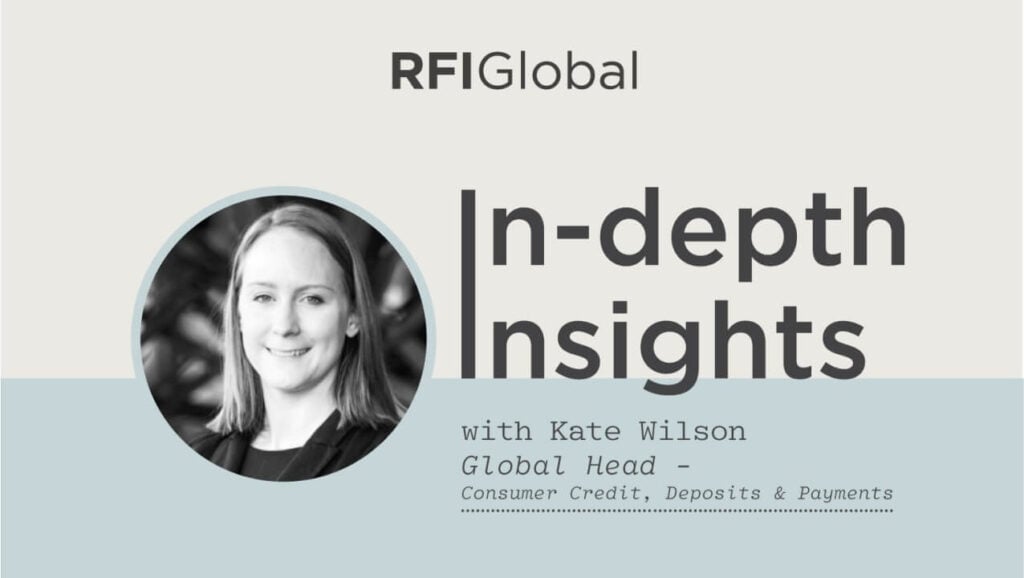










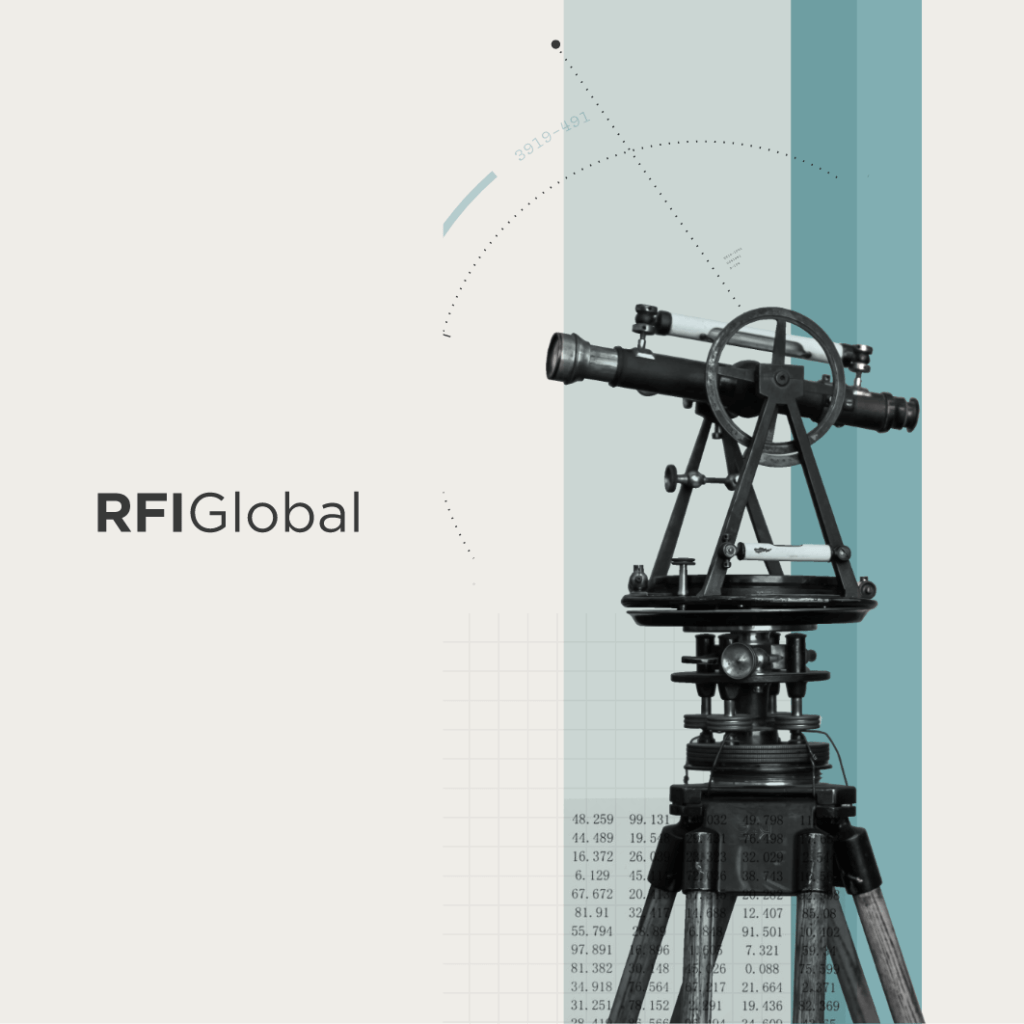


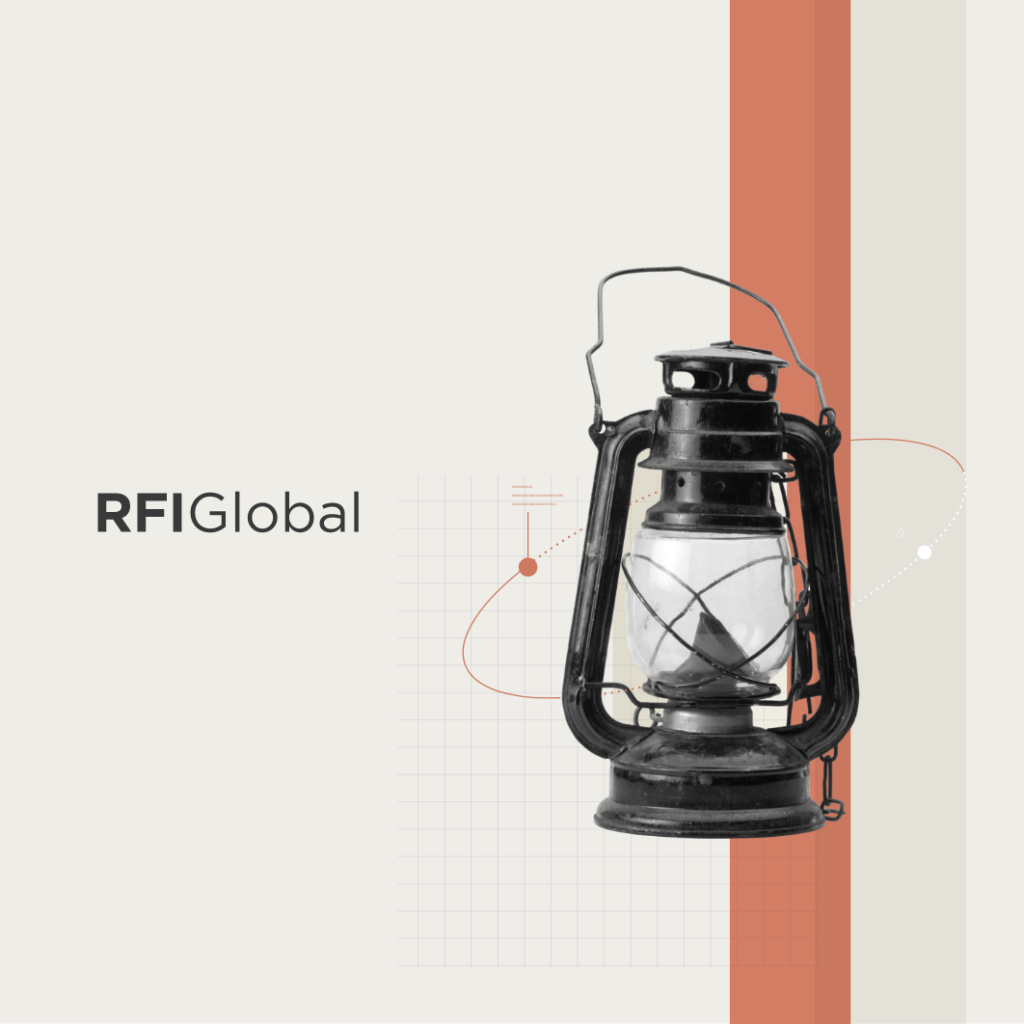
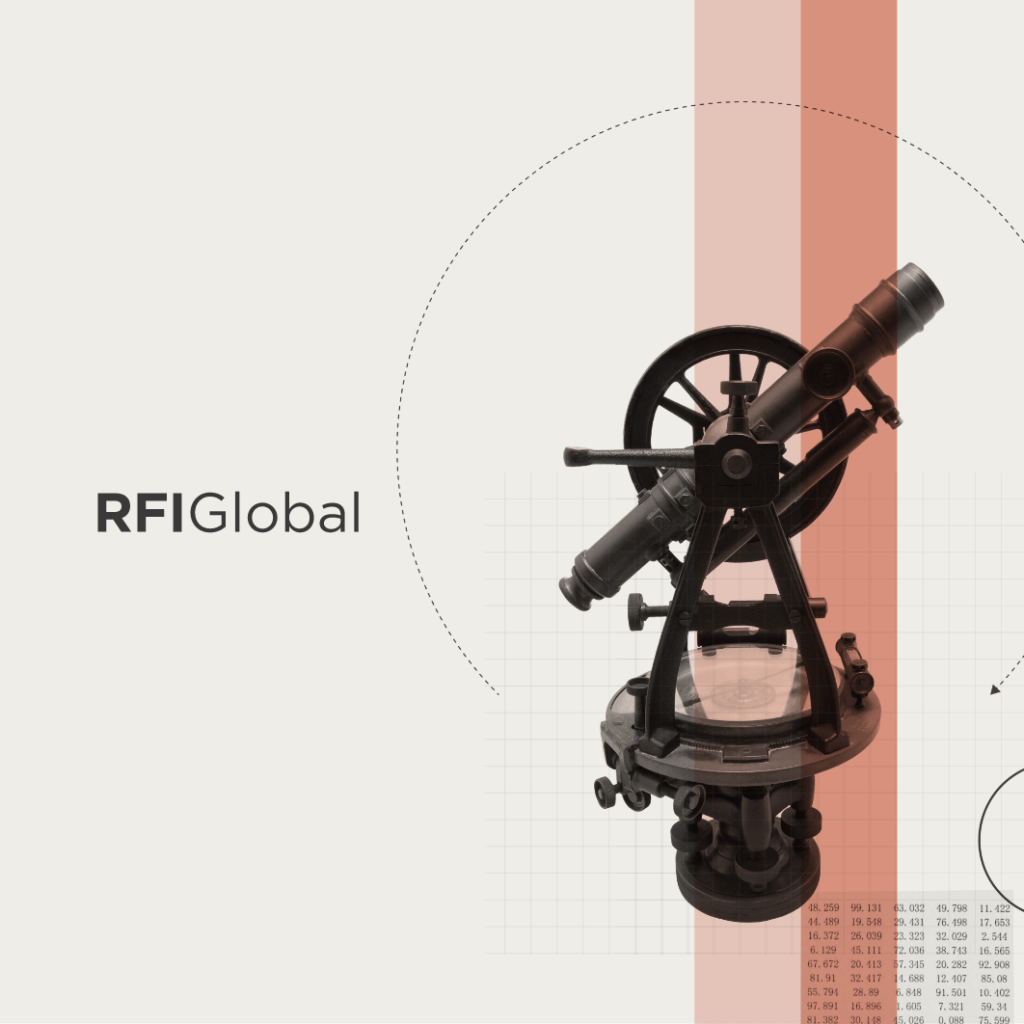
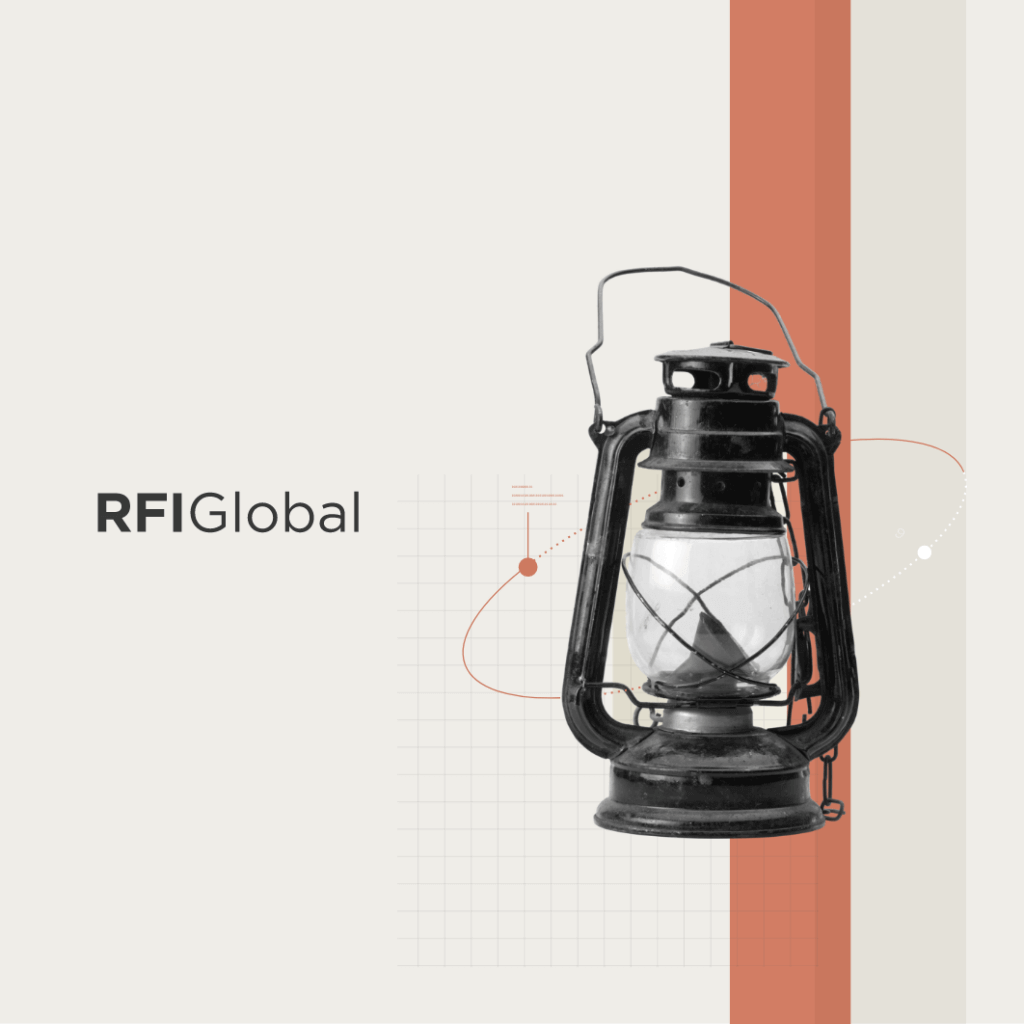
/NQA-ISO-27001-Logo-UKAS.jpg)